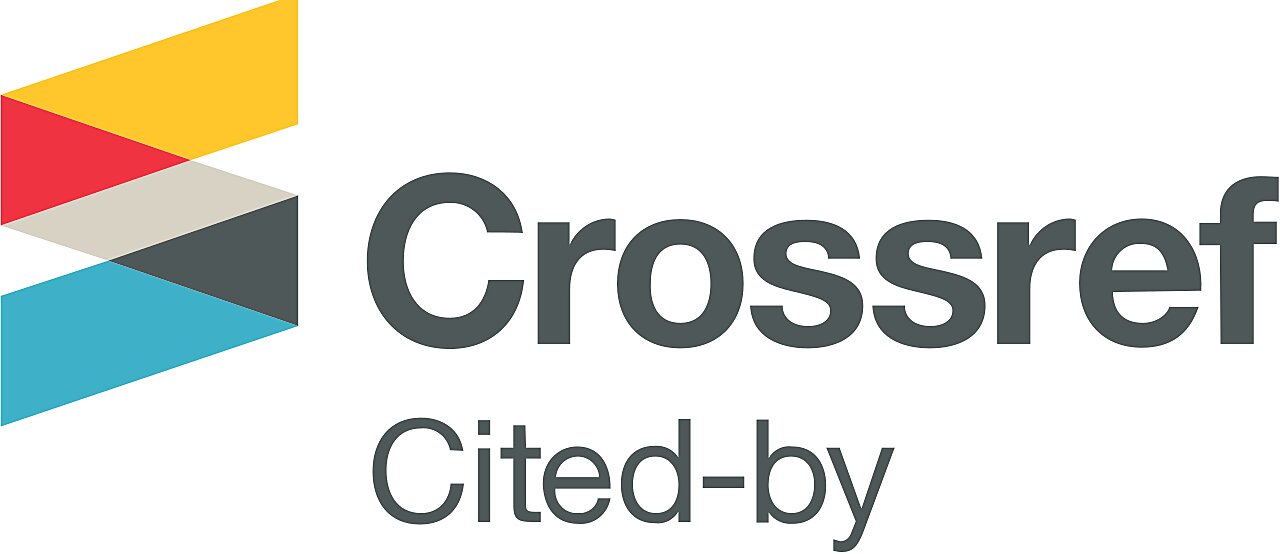
Economic analysis of cherry retention and the use of tarps in coffee harvesting Análisis económico de la retención de pases y empleo de lonas en la recolección de café
Keywords

This work is licensed under a Creative Commons Attribution-NonCommercial-NoDerivatives 4.0 International License.
Summary
In a commercial context, the economic impact of cherry retention combined with the use of tarps in coffee harvesting was evaluated in El Tambo (Cauca), Chinchiná (Caldas), and Pueblo Bello (Cesar). In these locations, assisted harvesting allowed for the collection of 60.5%, 39.5%, and 84.8% of the annual coffee flow, respectively. This resulted in a labor productivity increase of 19.0%, 43.8%, and 20.7%, with surplus for the coffee grower compared to the cost incurred in conventional harvesting of 3.96%, 4.80%, and 6.71%, and a reduction of 10.7%, 12.7%, and 23.6% in the required daily wages per hectare per year, respectively. The picker at the point of isocrematistic surplus perceived additional income compared to the standard daily wage of 7.79%, 38.5%, 9.84%, and 9.55% for El Tambo, Chinchiná mid-harvest, Chinchiná main harvest, and Pueblo Bello, respectively. Load, harvestable fruit supply, and tarp technology were the variables that explained the economic effects of the technical change. By improving the planning of cherry retention, adapting plots for the use of tarps, and providing training to workers to increase coffee harvested with tarps by 75% per year and increase labor productivity by 45%, a surplus of 10% per hectare per year could be achieved for the coffee grower. This is feasible in the short and medium term, depending on the specific conditions of each region.
Author biography (See)
References (See)
- Alvarez, J. A., Oliveros-Tascón, C. E., & Ramírez, C. A. (2004). Evaluación de dos sistemas para el manejo de mallas en la cosecha manual del café. Revista Cenicafé, 55(2), 130–135. http://hdl.handle.net/10778/110
- Bergin, J. (2015). Mathematics for economists with applications (1a ed.). Routledge, Taylor & Francis Group.
- Cunha, J., Silva, F., Dias, R., Lisboa, C., & Machado, T. (2016). Viabilidade técnica e econômica de diferentes sistemas de colheita do café. Coffee Science, 11(3), 416–425. http://www.coffeescience.ufla.br/index.php/Coffeescience/article/view/1131
- Duque-Orrego, H., & Dussán-Lubert, C. (2004). Productividad de la mano de obra en la cosecha de café en cuatro municipios de la región cafetera central de Caldas. Revista Cenicafé, 55(3), 246–258. http://hdl.handle.net/10778/256
- Duque-Orrego, H., Salazar, H. M., Rojas-Sepúlveda, L. A., & Gaitán, Á. (2021). Análisis económico de tecnologías para la producción de café en Colombia. Cenicafé. https://doi.org/10.38141/cenbook-0016
- Federación Nacional de Cafeteros. (2017). La recolección de café en Colombia: Una caracterización del mercado laboral. Ensayos sobre economía cafetera, 32(1), 35–65. https://federaciondecafeteros.org/static/files/ECC32.pdf
- Kanawaty, G., & International Labour Office (Eds.). (1992). Introduction to work study (4a ed.). International Labour Office.
- Pemberton, M., & Rau, N. (2016). Mathematics for economists: An introductory textbook (4a ed.). Manchester University Press.
- Rendón, J. R., & Montoya, E. C. (2015). ¿Cómo registrar las floraciones en los cafetales?. Avances Técnicos Cenicafé, 455, 1–4. https://doi.org/10.38141/10779/0455
- Rosser, M. J. (2016). Basic mathematics for economists (3a ed.). Routledge, Taylor & Francis Group.
- Santinato, F., Silva, R. P., Ruas, R. A., Cassia, M. T., & Santinato, R. (2013). Comparação entre o custo da colheita manual e mecanizada de uma a seis passadas da colhedora. En Consórcio Pesquisa Café e Desenvolvimento do Café (Organizador), Simpósio de Pesquisa dos Cafés do Brasil, Poços de Caldas, Minas Gerais, Brasil. http://www.sbicafe.ufv.br/handle/123456789/7304
- Sanz, J. R., Duque, H., Menza, H. D., Zamudio, G. E., Oliveros-Tascón, C. E., & Ramírez, C. A. (2018). Lonas para asistir la cosecha manual de café. Avances Técnicos Cenicafé, 487, 1–8. https://doi.org/10.38141/10779/0487
- Sanz, J. R., Oliveros-Tascón, C. E., Duque Orrego, H., Mejía, C. G., Benavides Machado, P., & Medina-Rivera, R. (2018). Retención de pases: Una opción para mejorar la productividad de la mano de obra en la cosecha de café. Avances Técnicos Cenicafé, 488, 1–8. https://doi.org/10.38141/10779/0488
- Srivastava, A., Goering, C., Rohrbach, R., & Buckmaster, D. (Eds.). (2006). Engineering principles of agricultural machines (2a ed.). American Society of Agricultural and Biological Engineers.
- Tavares, T. D. O., Oliveira, B. R., Silva, V. D. A., Silva, R., Santos, A. F., & Okida, E. S. (2019). The times, movements and operational efficiency of mechanized coffee harvesting in sloped areas. PLOS ONE, 14(5), e0217286. https://doi.org/10.1371/journal.pone.0217286
Most read articles by the same author(s)
- Juan Gómez-Soto, Descriptive univariate analysis of the use of aerial cable for coffee transport at the farm level , Cenicafe Journal: Vol. 75 No. 1 (2024): Cenicafé Journal







